From where the miners' movement began
Than Newspaper, the mouthpiece of the first Vietnam Revolutionary Youth Association cell in the Mining Area, is the source of today's Quang Ninh revolutionary press. Going back in history, in 1928, a group of party members from Hai Phong , Thai Binh came to Cam Pha, Cua Ong to establish the first cell in Quang Ninh, directly under the Hai Phong City Party Committee. The cell decided to publish a newspaper called Than to propagate revolutionary enlightenment to workers, with Secretary Dang Chau Tue as editor-in-chief. The newspaper's editorial office was a cheap rented temporary house, located on the former Booc-do street, now Quang Trung street, Cam Dong ward, Cam Pha city. To this day, the simple 2-storey house of the past is still there, nestled in a small alley, quietly present in the bustling contemporary life. The house seems to have become a historical witness throughout nearly a hundred years of changes in the Mining Area.
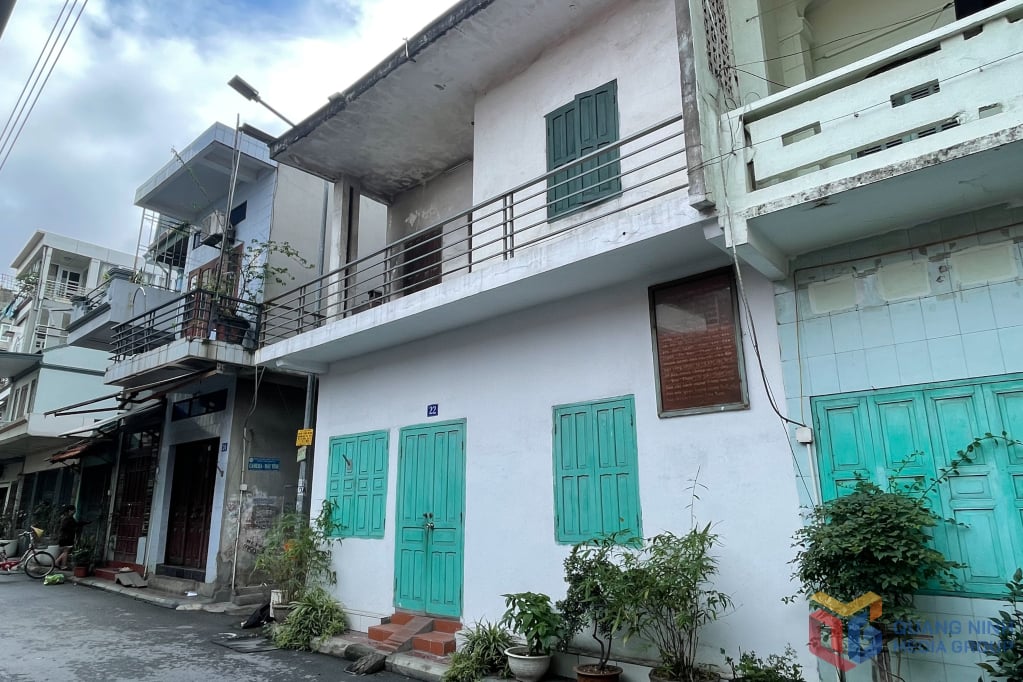
It must be added that the Than newspaper was born and headquartered in Cam Pha with a very special meaning. Because this is one of the earliest "cradles" of the Vietnamese working class. It is also the starting point of the patriotic struggle movement of miners in particular, of the majority of people, ethnic groups in Quang Ninh province in general against the pressure and exploitation of the colonialists and French mine owners. Perhaps because of such special features, even though it had to shrink and hide in the enemy-occupied area, the printing method was simple to the point of being primitive..., that small editorial office still persistently produced pages full of information to propagate the revolution. That was a sharp weapon to expose the oppression and exploitation tricks of the mine owners, to present a true picture of the daily suffering of the mine workers, and to call on them to rise up and fight. The newspaper was also a spiritual support for the miners' struggles to grow in both quantity and quality, gradually transforming into a form of voluntary, organized struggle, attracting a large number of workers to participate, achieving both economic and political benefits.
Following Than newspaper, the predecessor of Quang Ninh newspaper had many names that were merged, even broken, suspended and then re-published... according to the ups and downs of revolutionary history. From after the August Revolution of 1945 to 1963, a number of newspapers were born, such as Bach Dang Wave newspaper printed in Dong Trieu War Zone; Hai Ninh News newspaper printed in Dinh Lap land; Hai Ninh Liberation Newspaper printed in Binh Lieu; Quang Yen Newspaper, Mining Zone newspaper, Moor magazine, Tin Tuc newspaper, Hong Quang News newspaper... Until Quang Ninh province was established on October 30, 1963, Quang Ninh Newspaper was officially born according to Resolution No. 03-NQ-TU of the Provincial Party Executive Committee on December 31, 1963.
Less than a year after the province was founded, the entire North entered the fight against the destructive war by the US imperialists' air force and navy. From the headquarters of Quang Ninh Newspaper at that time located at No. 31, Huu Nghi Street, Hon Gai Town (later the construction site of the Vietnam - Japan Labor Cultural Palace), the articles reporting on the battles and the exploits of the army and people of the Mining Region... were still published regularly, without interruption. When the enemy escalated the war, the bombardment became more and more fierce, the editorial office had to evacuate to Huu Nghi mine, Ha Lam mine, then moved to Quang Hanh rocky mountain area (Cam Pha). The rugged mountains and forests shielded the bombs and bullets, creating conditions for the newspaper's staff and reporters to continue their activities, being steadfast soldiers on the information and propaganda front.
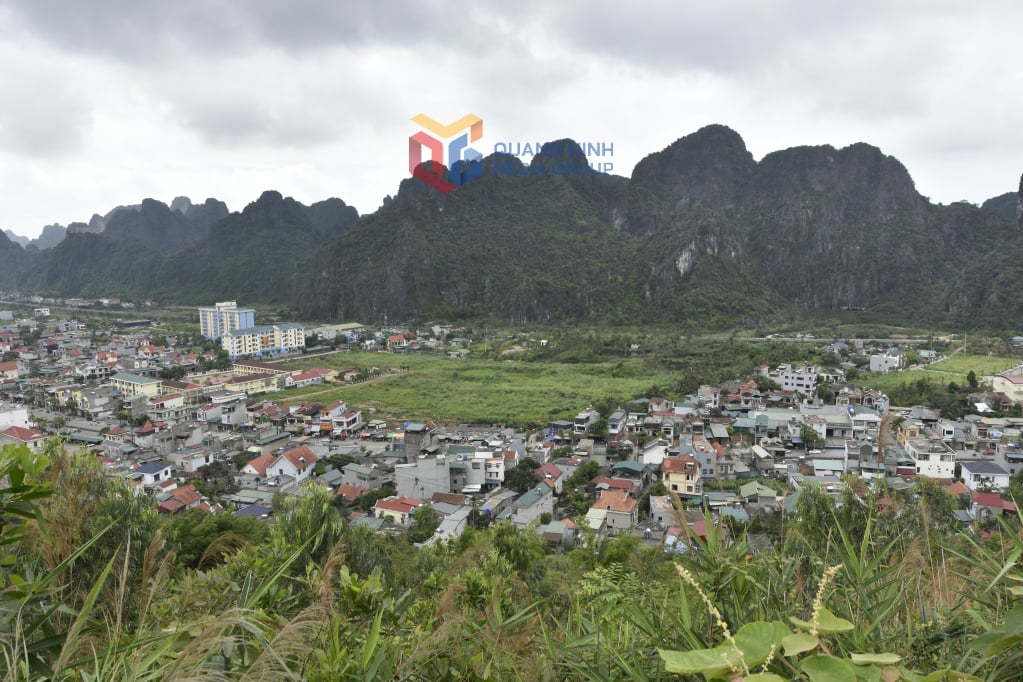
However, Quang Ninh Newspaper only stayed in Quang Hanh area for nearly 1 year and then had to continue to evacuate to Hoanh Bo area (now Ha Long City) to ensure safe and secret operations, avoiding areas heavily bombed by aircraft. In particular, Son Duong commune has high mountainous terrain, many caves, interspersed with plains, and is relatively close to the center of Hon Gai, so it was chosen as a revolutionary base and evacuation area for many agencies, factories, hospitals... of Quang Ninh province during the resistance war. Specifically, this place was the revolutionary base of Hoanh Bo district during the 9-year long resistance against French colonialism until the day of victory; then it was a safe evacuation point for the Provincial Party Committee, departments, branches, and sectors of the province and Hoanh Bo district and the Navy Command, the Northeast Military Region during the resistance war against the US from 1964-1968. During those years, the people of the commune actively participated in hiding cadres, contributing human and material resources to serve the revolution. With these contributions, in 2005, Son Duong commune was granted a provincial-level historical relic certificate of the Revolutionary Base by the Provincial People's Committee; in 2010, the commune was honored to receive the title of Hero of the People's Armed Forces.
In 1968-1969, the Quang Ninh Newspaper headquarters was located in the rocky mountain area of Son Duong commune, opposite Cay Thi hamlet, and the printing house was also nearby. In 1970-1972, the newspaper headquarters was evacuated to the forest west of Dan Chu commune, and the printing house moved deep into Dong Dinh forest, about 3km from the headquarters. Traveling was difficult, there was no electricity, all living and working conditions were lacking, but the staff and reporters still overcame countless challenges. Clearly aware of the important tasks assigned by the revolution, and being wholeheartedly protected and sheltered by the people of Son Duong, during those days of rain and bullets, Quang Ninh Newspaper still published regularly, without stopping any issue, posting news articles about the situation in key areas full of bombs and bullets, encouraging typical examples of good production, good fighting...
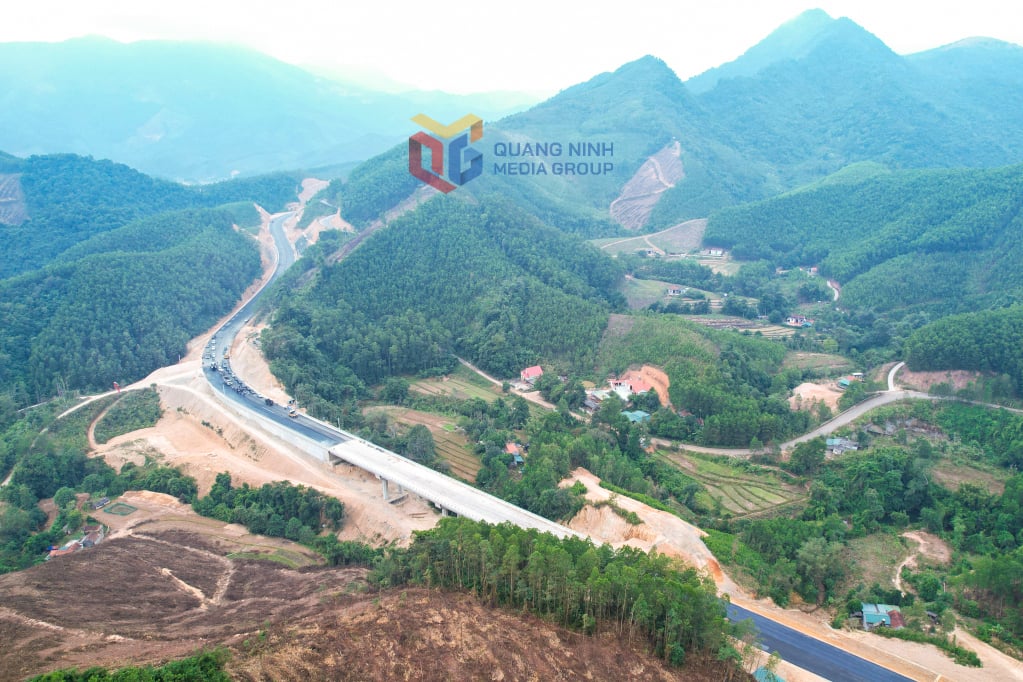
Regardless of danger, constantly overcoming difficulties
During the resistance war against the US to save the country, the radio played a very important role, becoming a close friend of our army and people. Thanks to the widespread radio waves, news of victory and military announcements were quickly transmitted to each unit, locality, cadre and soldier. That voice also helped the people understand the enemy's new plots and war tactics, wholeheartedly believe in the revolution, and contribute their best to the fight to repel foreign invaders, gain peace and unify the Fatherland.
In April 1956, one year after the liberation of the Mining Area, the Hon Gai Radio Station and Cam Pha Radio Station were built with the help of the Soviet Union. These were two of the 11 radio stations in the North that were built with the help of the friendly country at that time, and because it was an industrial zone, the Mining Area was given priority to build two radio stations. According to veteran journalists, the headquarters of the Hon Gai Radio Station was located in Ben Doan. Due to difficult conditions and shortages, there were only a few machines, including two 600W amplifiers/unit, one specialized machine, one Mac8 tape recorder, to make programs on "reel" tapes, a sound room and a system of wires, pulled from the Radio Center in Ben Doan to the ferry terminals of Bai Chay, Ha Lam, Coc 5, Ha Tu. The initial public address system consisted of 16 large speakers and 95 1/4W sub-speakers, with a wire system strung along major streets, to take advantage of existing electric poles.
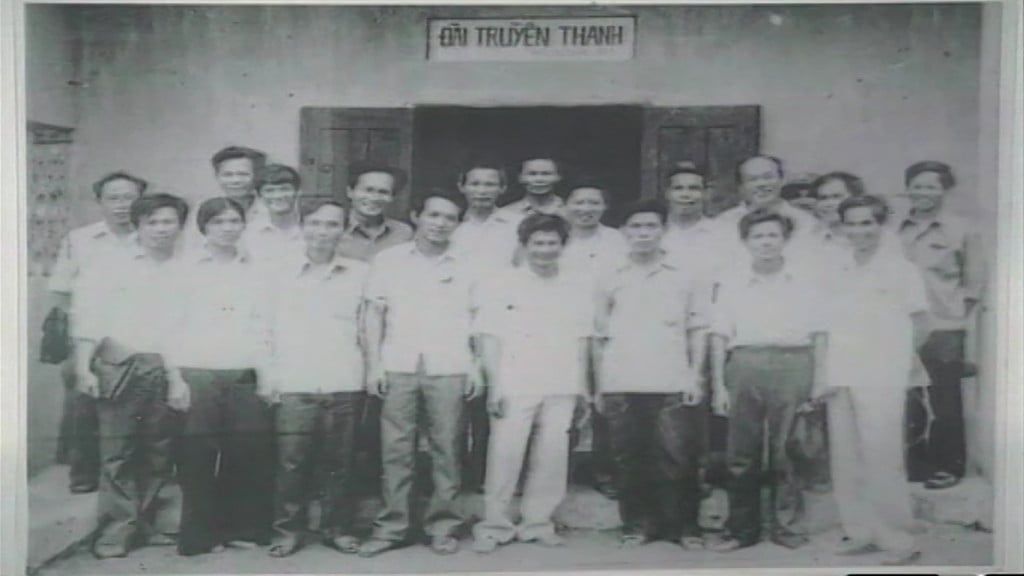
The first loudspeaker broadcast sounded in Dat Mo was at exactly 7:00 a.m. on September 2, 1956. It was a relay session of the Voice of Vietnam Radio, on the Hon Gai loudspeaker system, the live broadcast of the National Day celebration on September 2 in Hanoi capital resounded. The people of Hon Gai stood listening to Uncle Ho's voice transmitted from the historic, warm and sacred Ba Dinh Square. That first broadcast laid the foundation for the broadcasting career of Quang Ninh. Following that success, the radio stations in Cam Pha, Quang Yen, Tien Yen, Mong Cai also promptly went into operation on the basis of taking advantage of the equipment system that China supported us in building. Later, the three stations of Hon Gai, Cam Pha, Quang Yen were merged into the Hong Quang Regional Radio Station under the Hong Quang Administrative Committee. On October 30, 1963, Quang Ninh province was established, the radio stations of the two localities Hai Ninh and Hong Quang were also merged under the name Quang Ninh Radio Station.
As the resistance war against the US became more and more fierce, the Radio Station headquarters changed many times; the station's human resources and equipment had to be evacuated to many places to ensure safe operations. Initially, it was Ham Cot 8 Mountain, Beo Mountain, then Deo But Cave (Cam Pha), then moved to Dong Dinh (Hoanh Bo), Bo Hon Slope, Bai Tho Mountain... However, due to the nature of the work that depended heavily on machinery and equipment, it was impossible to evacuate the entire Radio Station staff. At that time, there was still a small group assigned to stay at the central headquarters, steadfastly holding on to serve program production and combat. No matter what the circumstances, no matter how difficult the conditions, radio news was still produced. In the midst of many waves of air attacks, radio reporters and anti-aircraft artillery soldiers guarded the sky, always calm and brave, promptly grasping the enemy's developments to inform army units, self-defense units, and inform the people. On June 9, 1972, US aircraft dropped 4 bombs on the station's headquarters in Ben Doan, completely destroying the facilities and killing 3 heroic staff members.
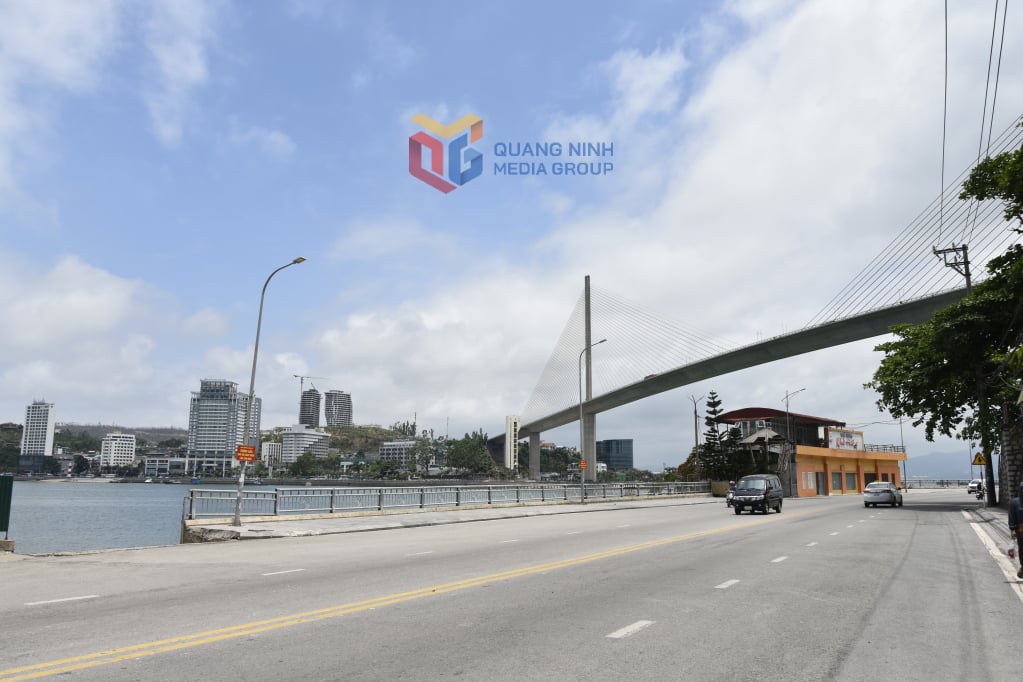
The location chosen as the new headquarters for Quang Ninh Radio Station is the old Provincial Party Committee headquarters at Bai Chay ferry. With the attention of the province, the collective of cadres, reporters and employees of the Station love their jobs more and more, passionate about the task of information and propaganda. Many important milestones recording the strong development of the Station are still preserved. Specifically, in 1976, the Radio Station was officially named Quang Ninh Radio Station, and the Central Government transferred the GZ-10-2 medium-wave transmitter with a capacity of 10KW, KHZ frequency. At the same time, thanks to proactive research, survey and planning for television construction, on September 2, 1983, the first Quang Ninh television broadcast was carried out, marking an important milestone for the development of Quang Ninh journalism. With this event, Quang Ninh province became the first locality in the entire Northern region to have an independent broadcasting station other than Vietnam Television in the capital Hanoi. The agency also officially had a new name, Quang Ninh Radio and Television Station, from then on, opening a period of strong and comprehensive breakthrough until today.
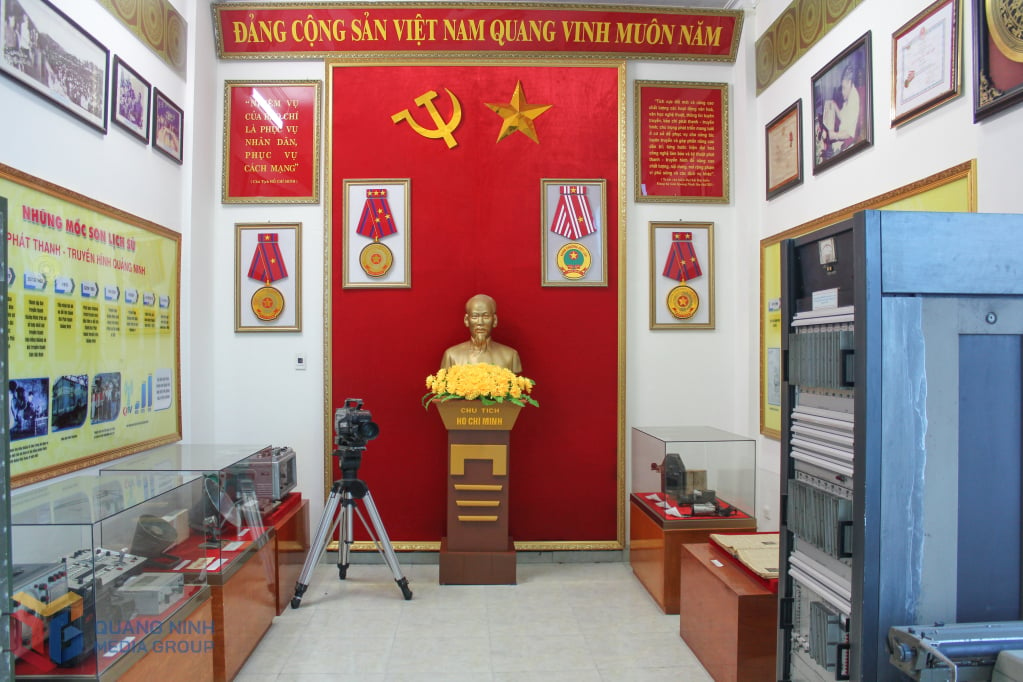
Remembering the glorious past to cherish today's achievements. The Quang Ninh journalism team is striving to promote the revolutionary tradition from previous generations, worthy of the trust of the Party, government and people of all ethnic groups in the province, accompanying the development of the homeland of the Mining Region.
Source: https://baoquangninh.vn/ve-nguon-thoi-khang-chien-3359885.html


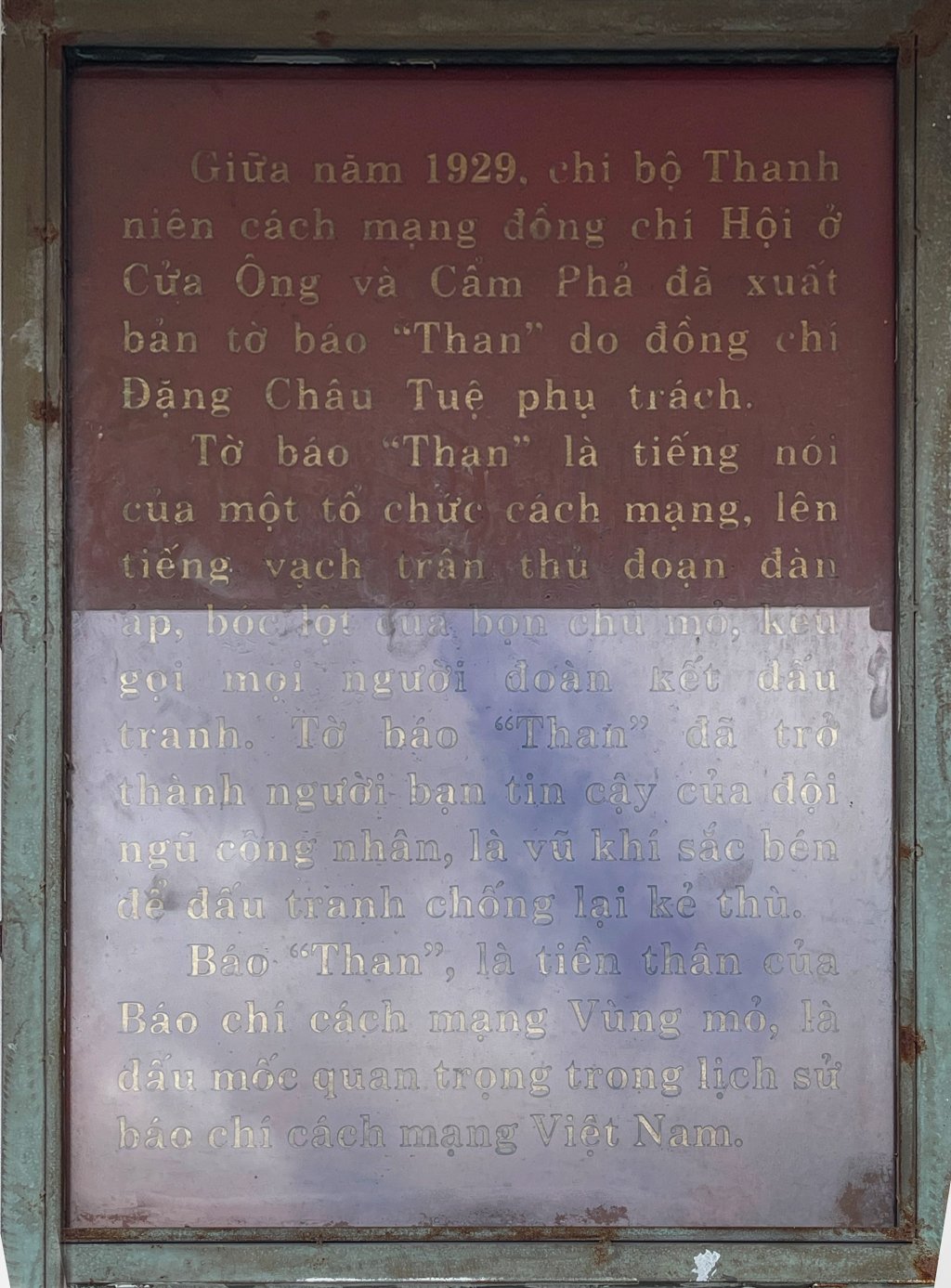
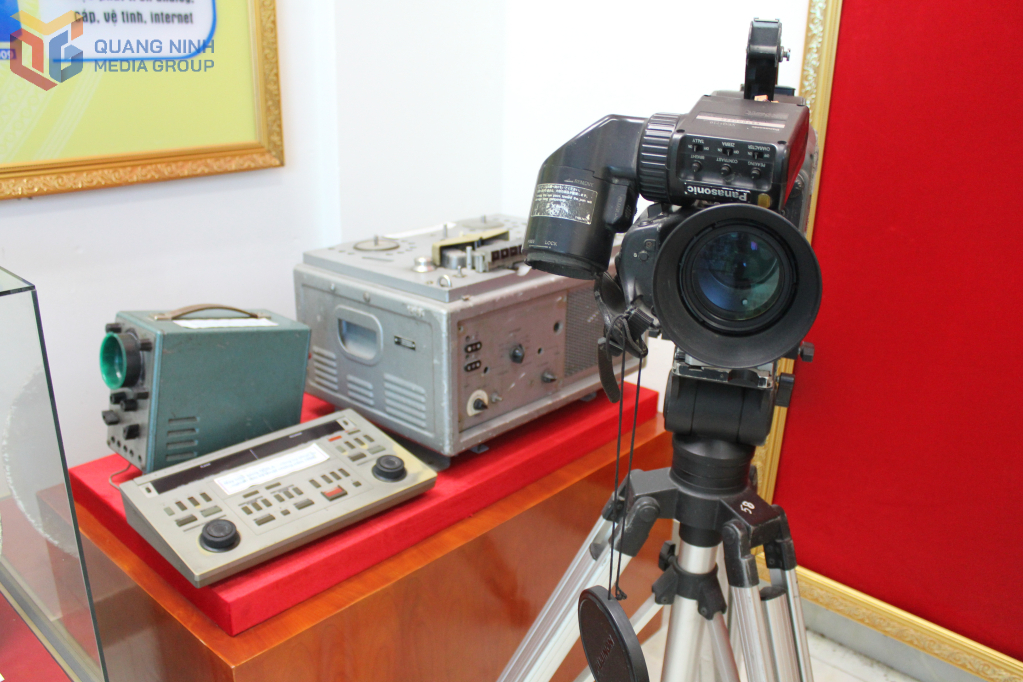
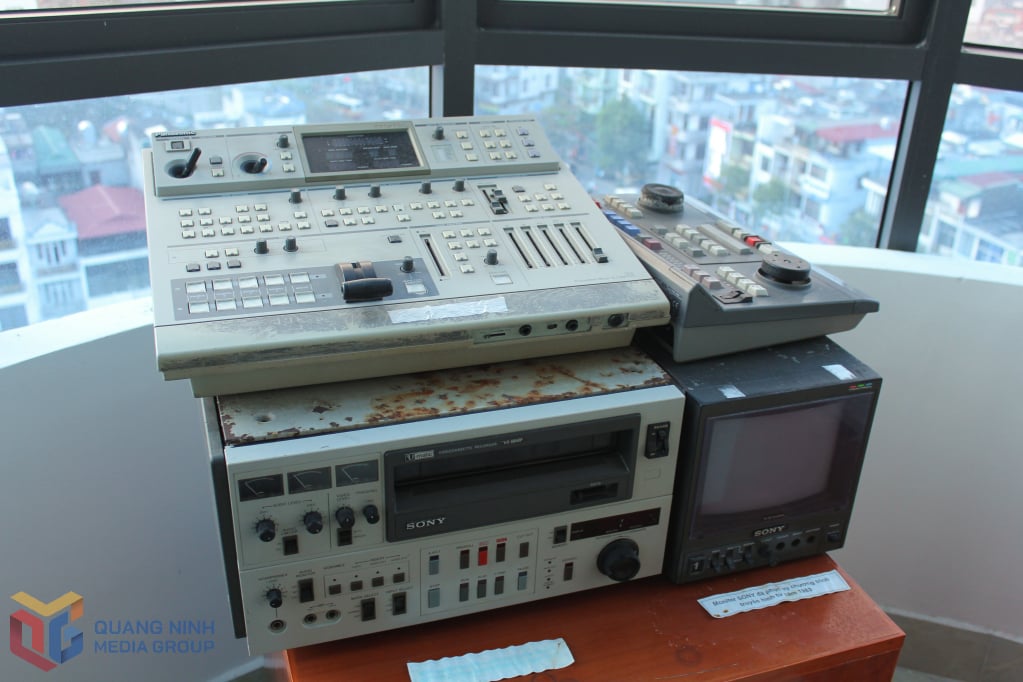






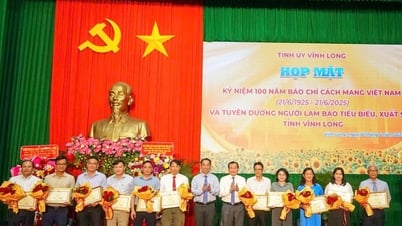



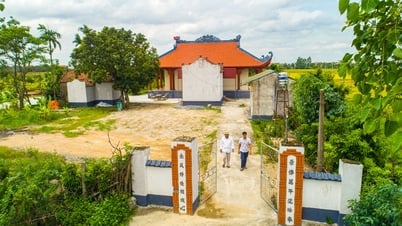



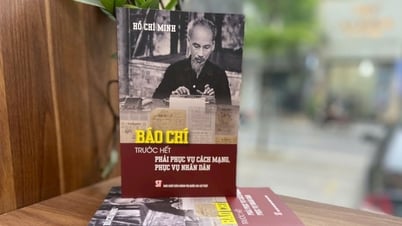

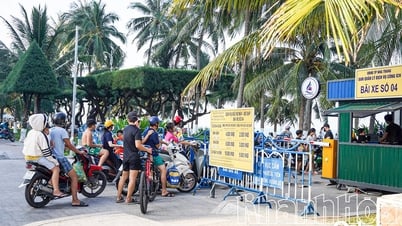


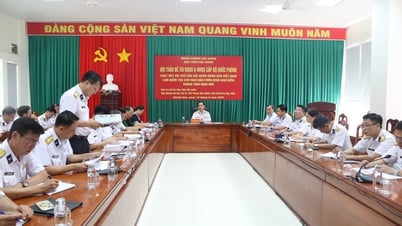



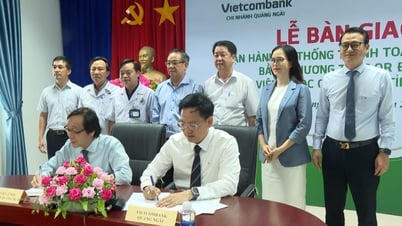






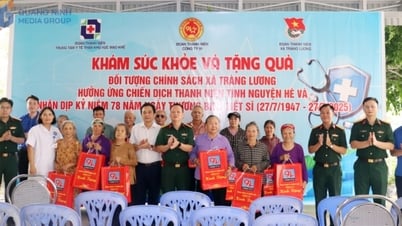

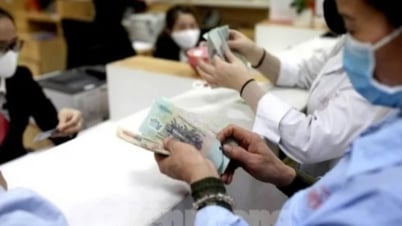



















































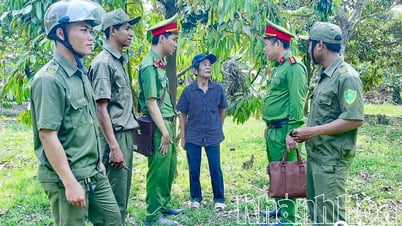














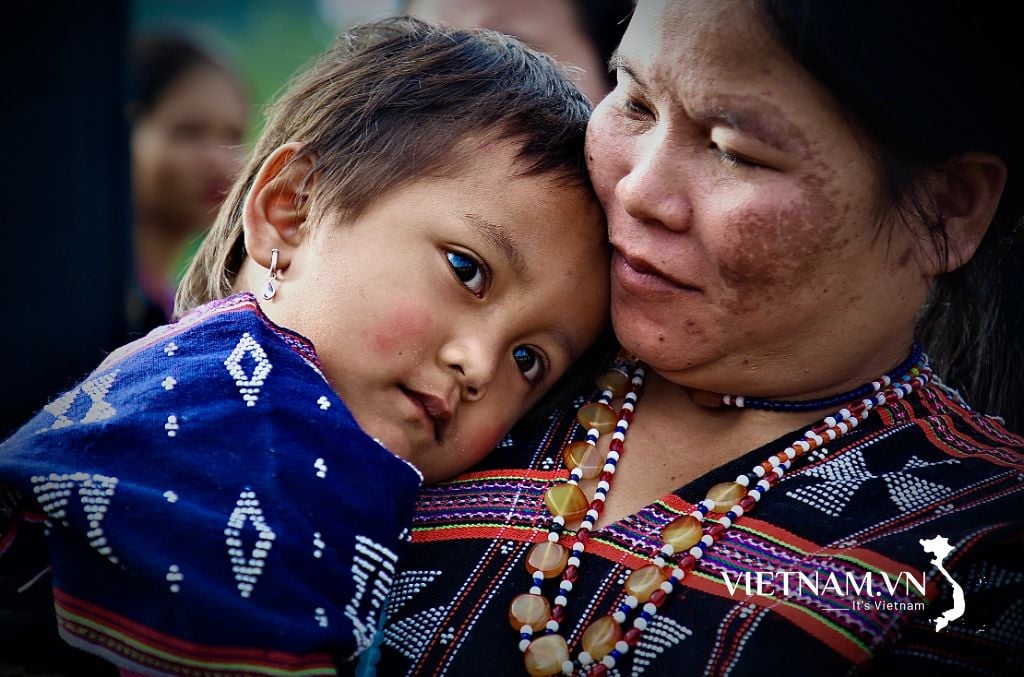

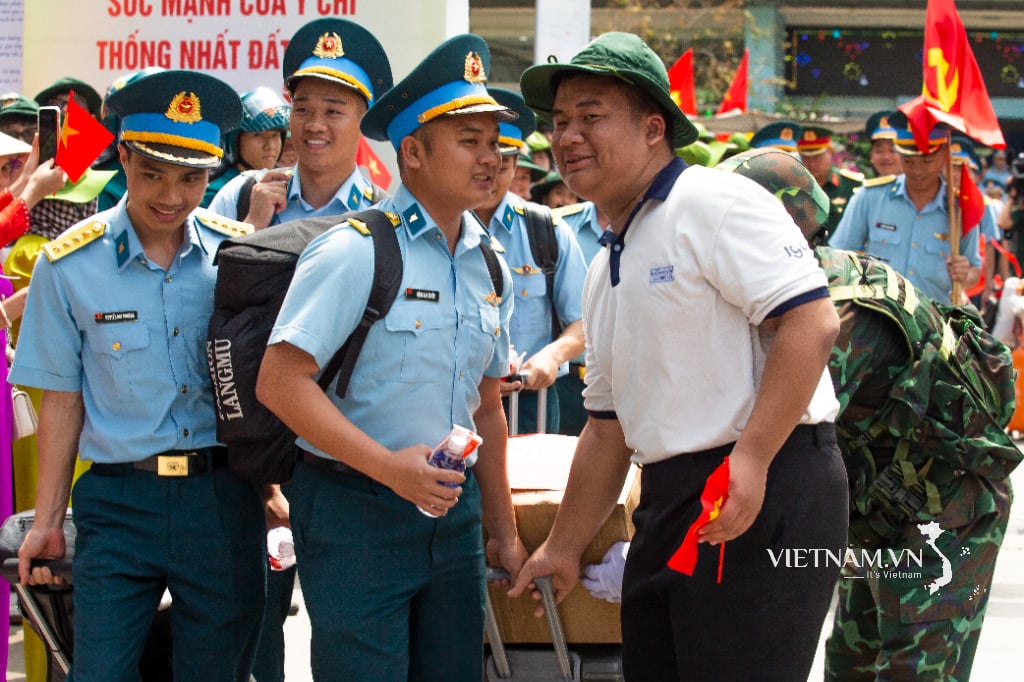
Comment (0)